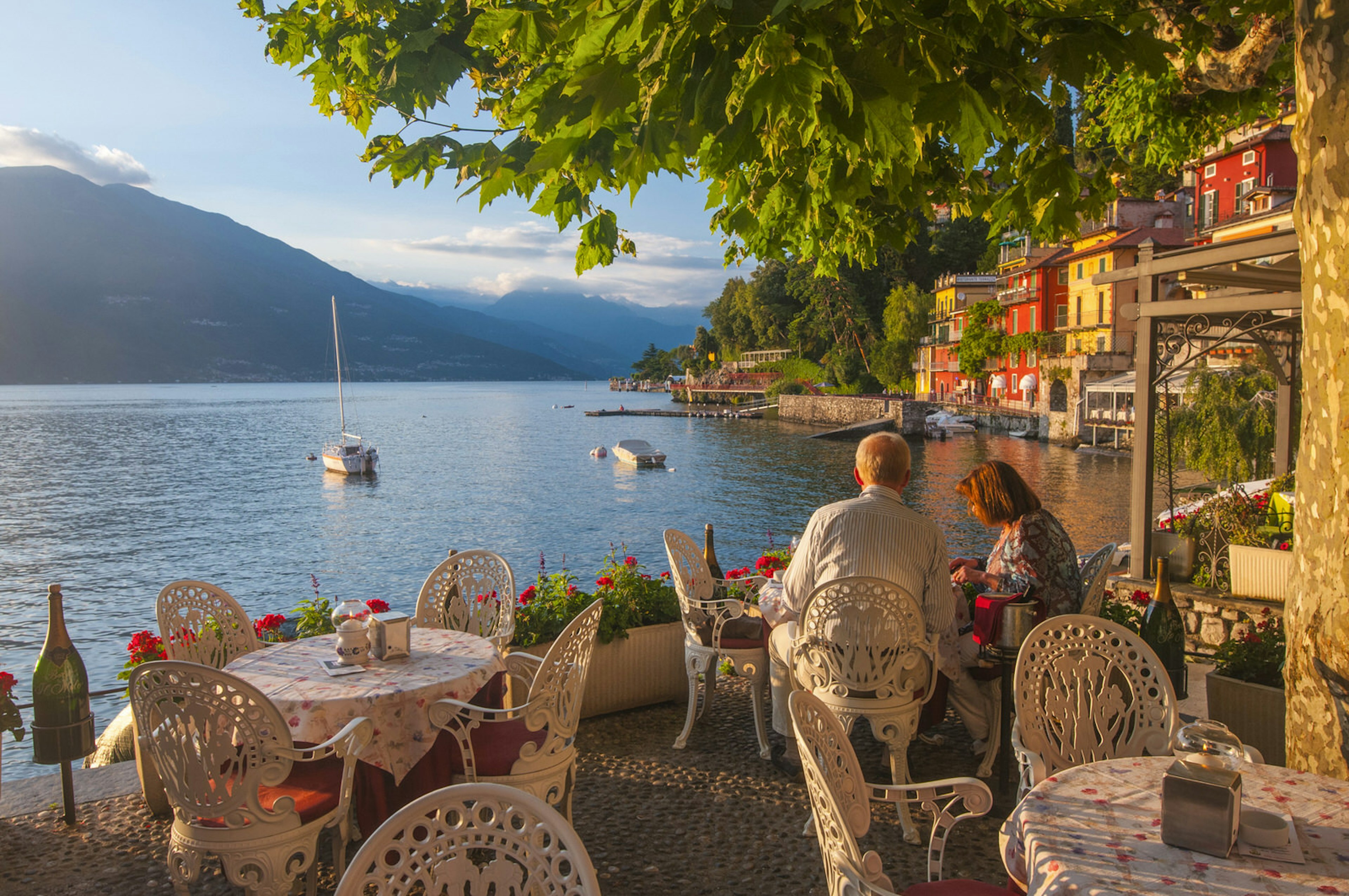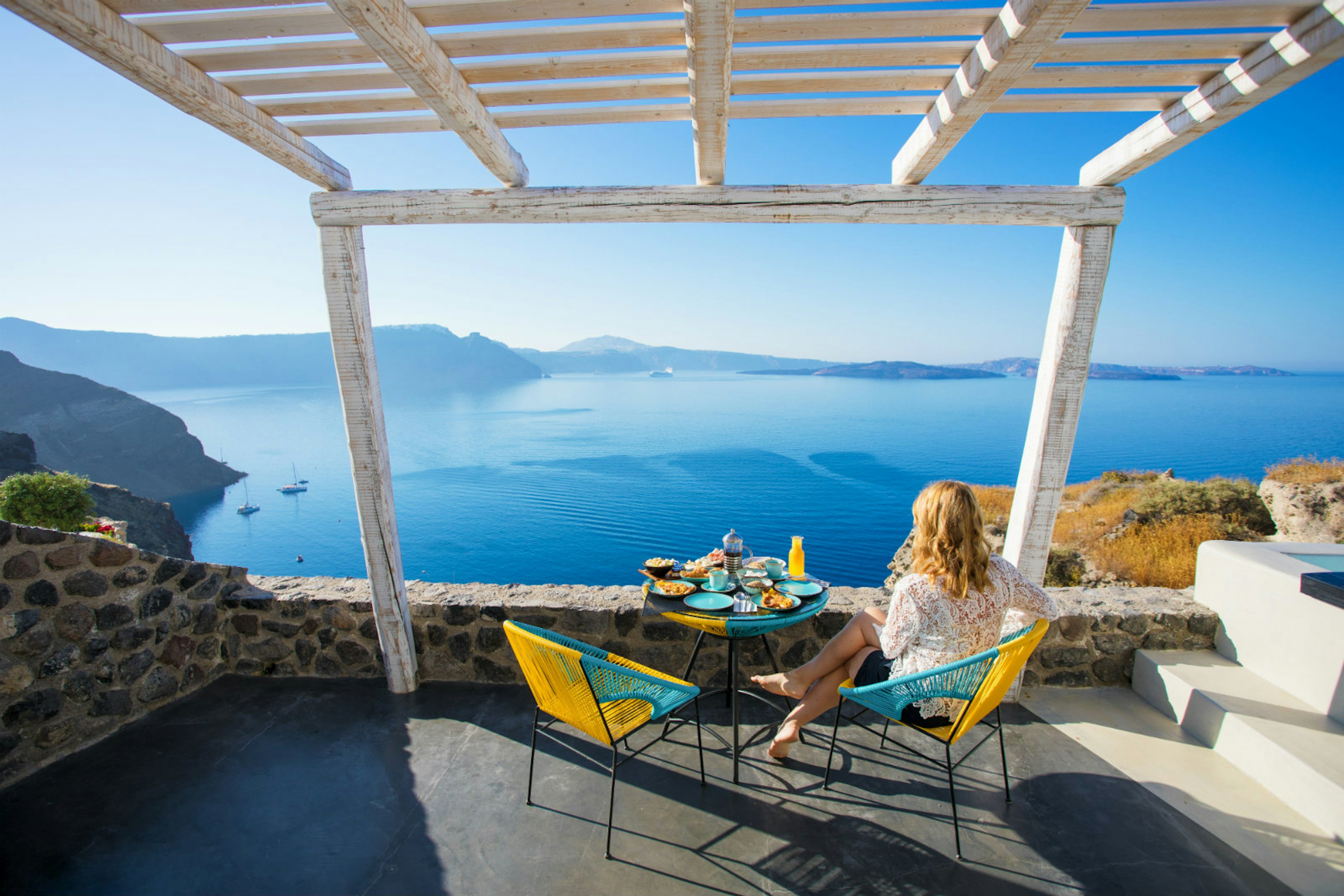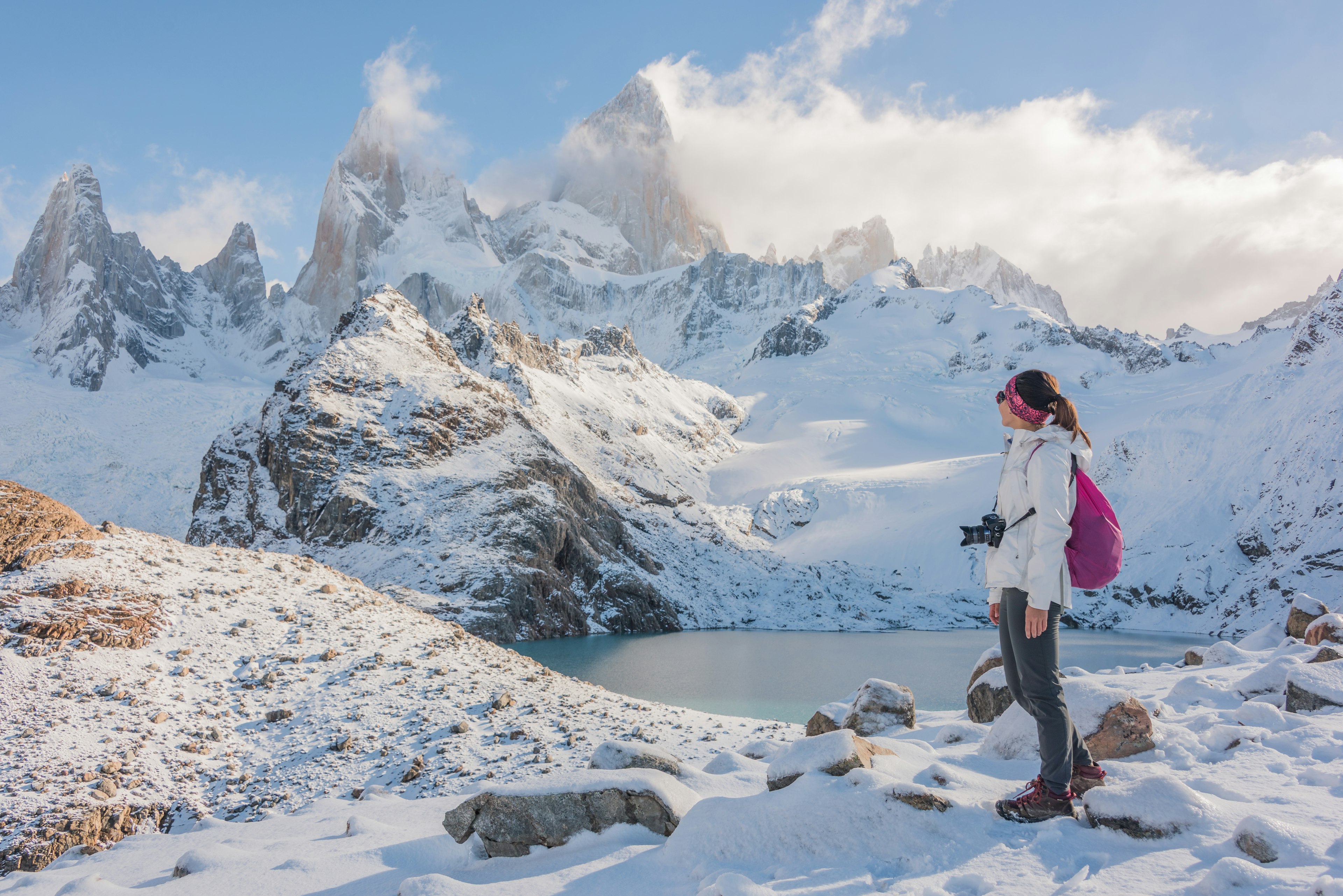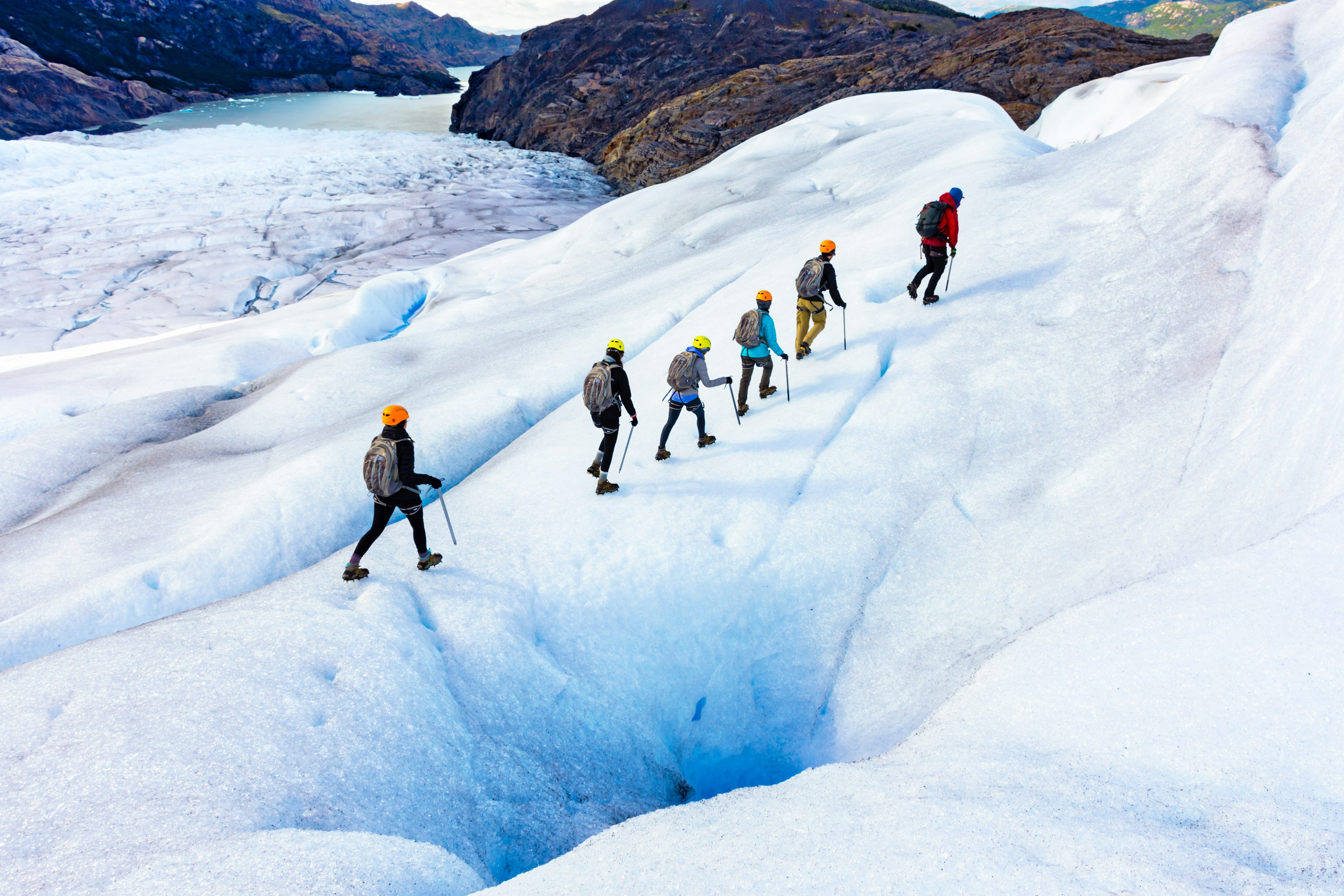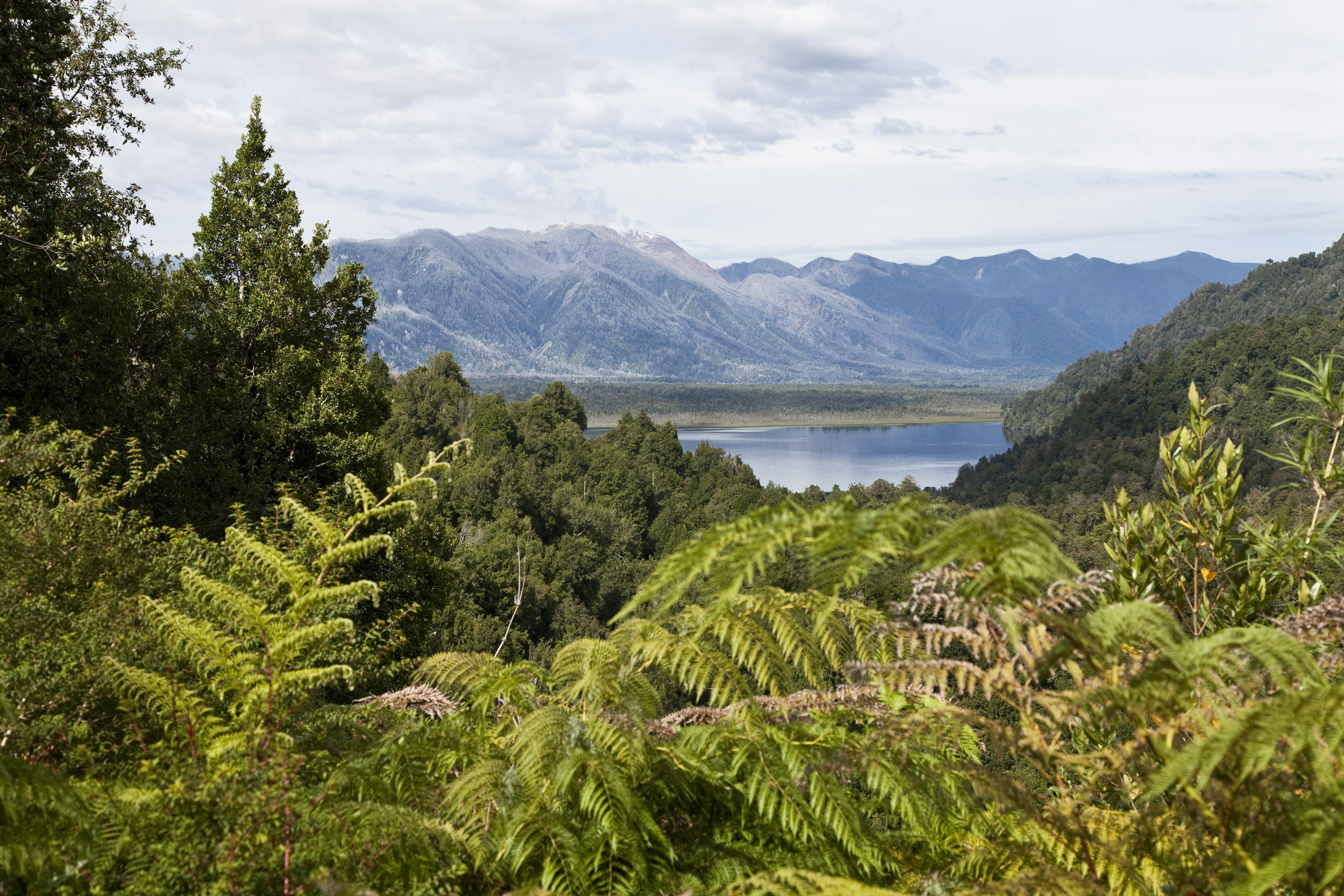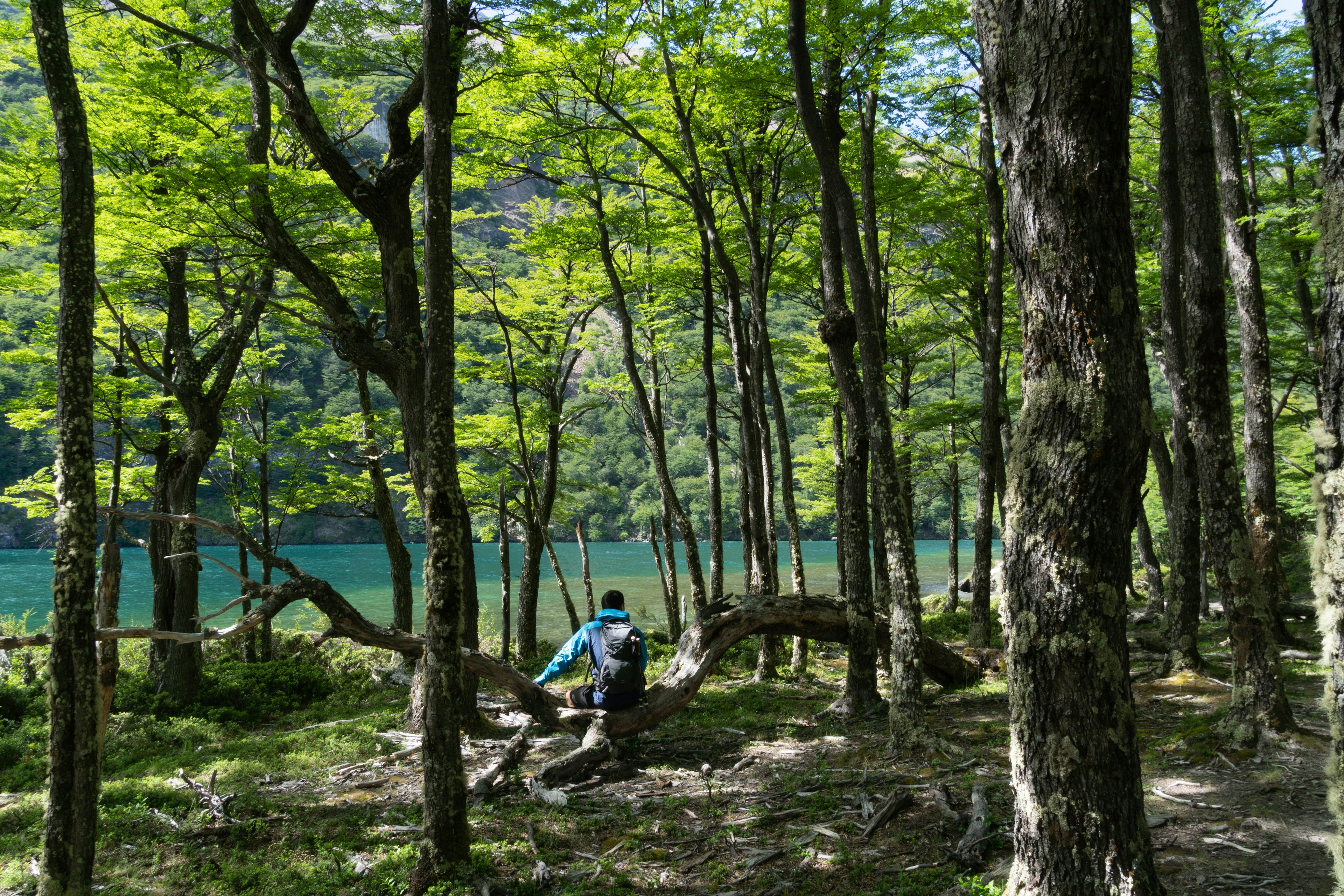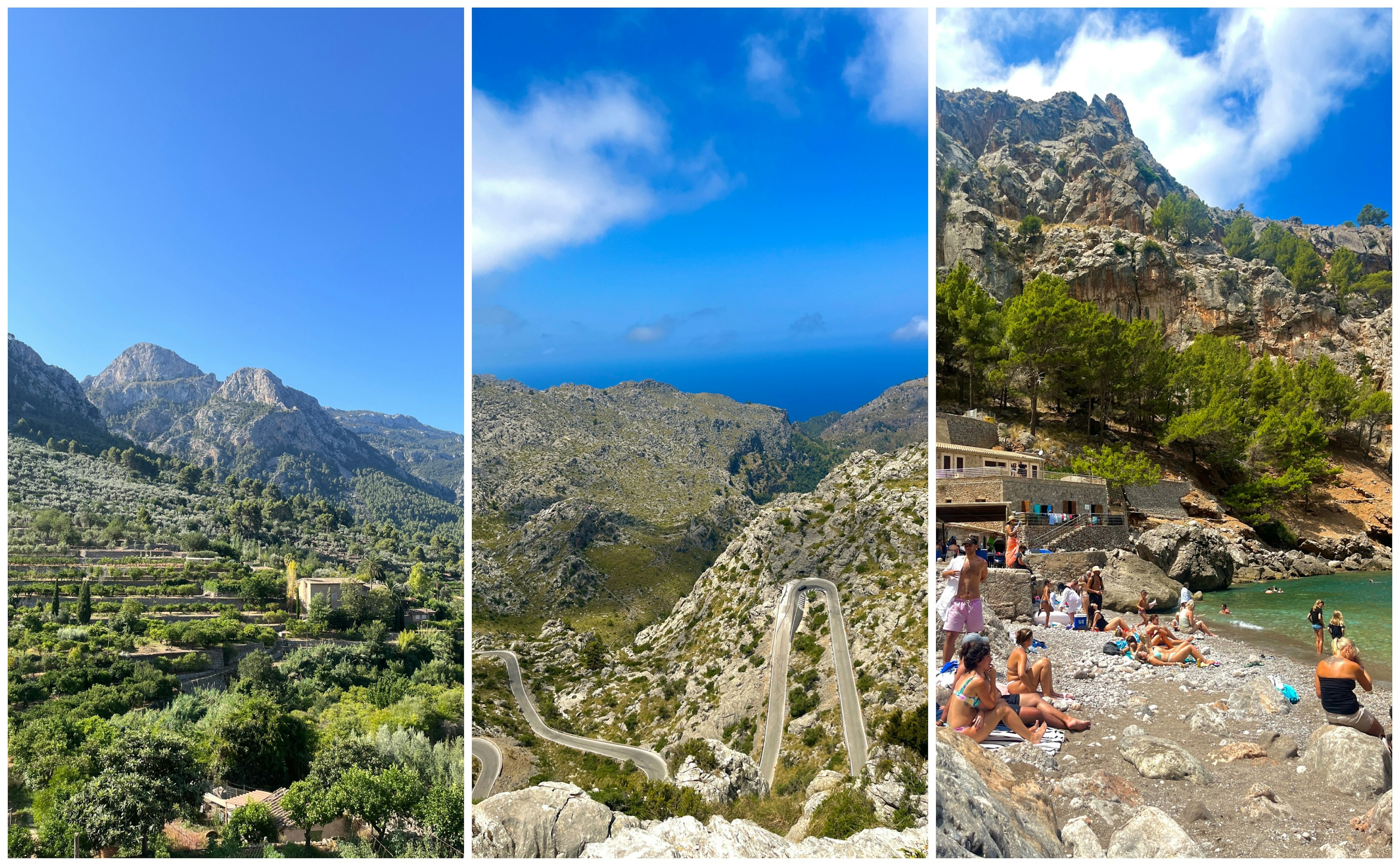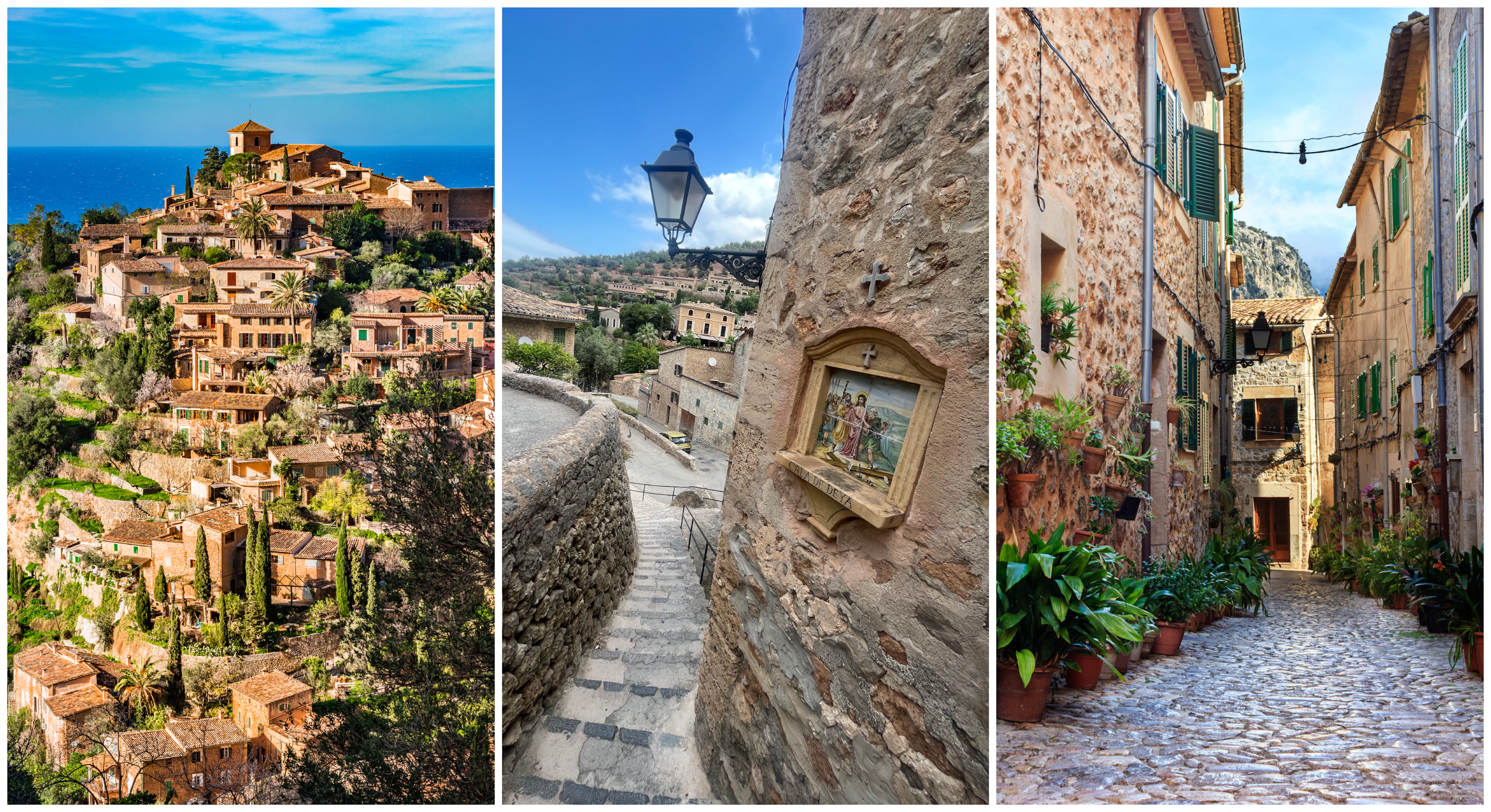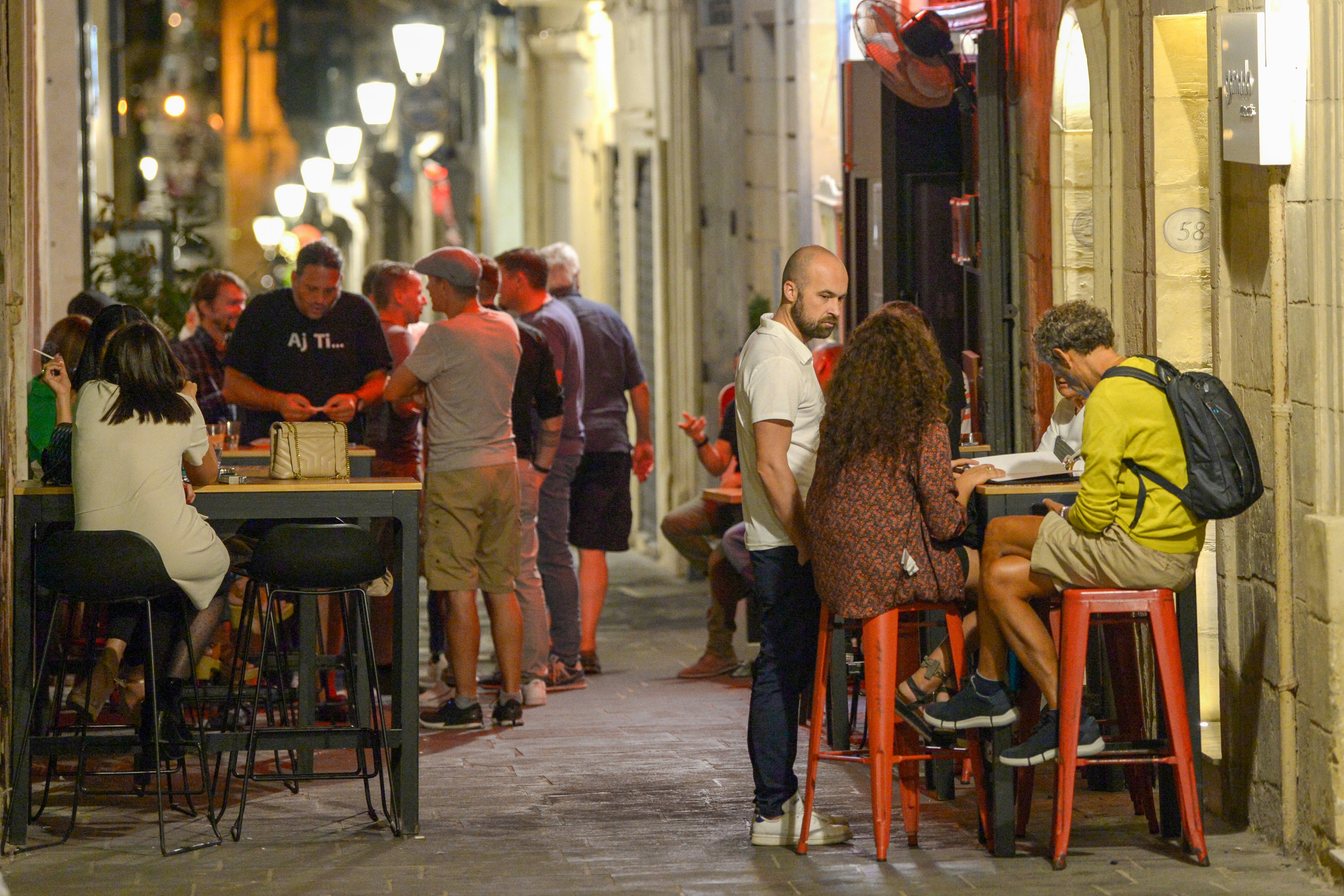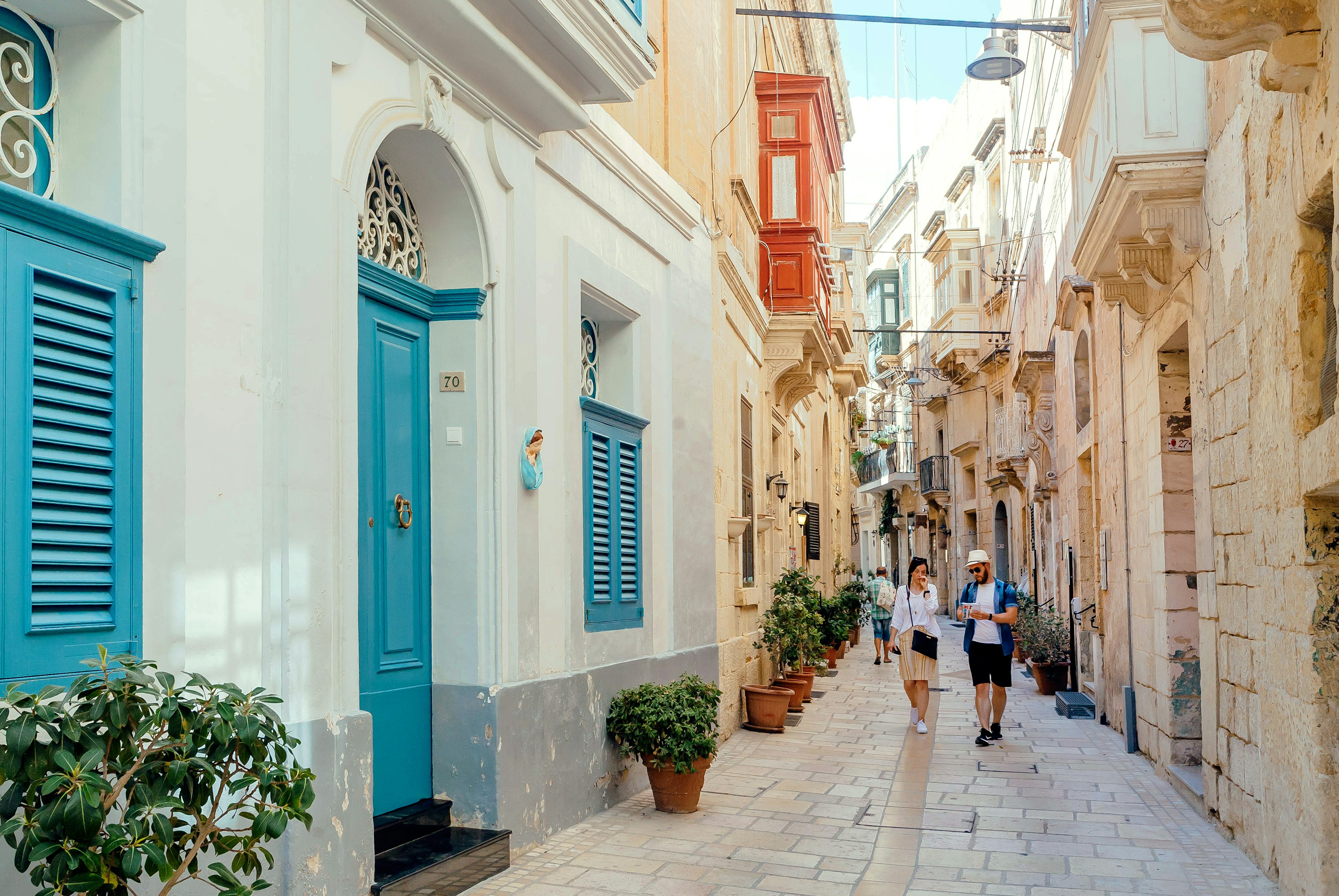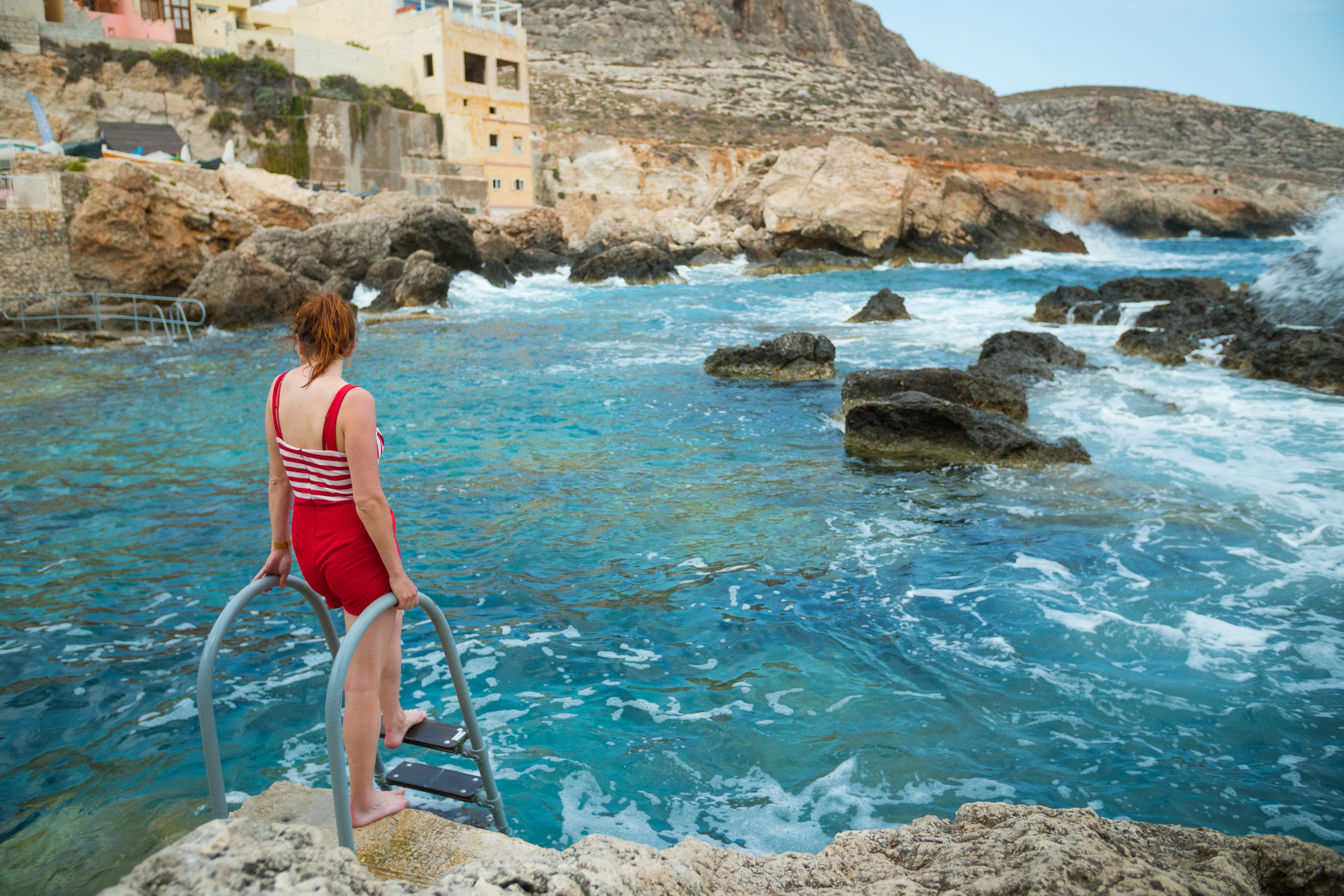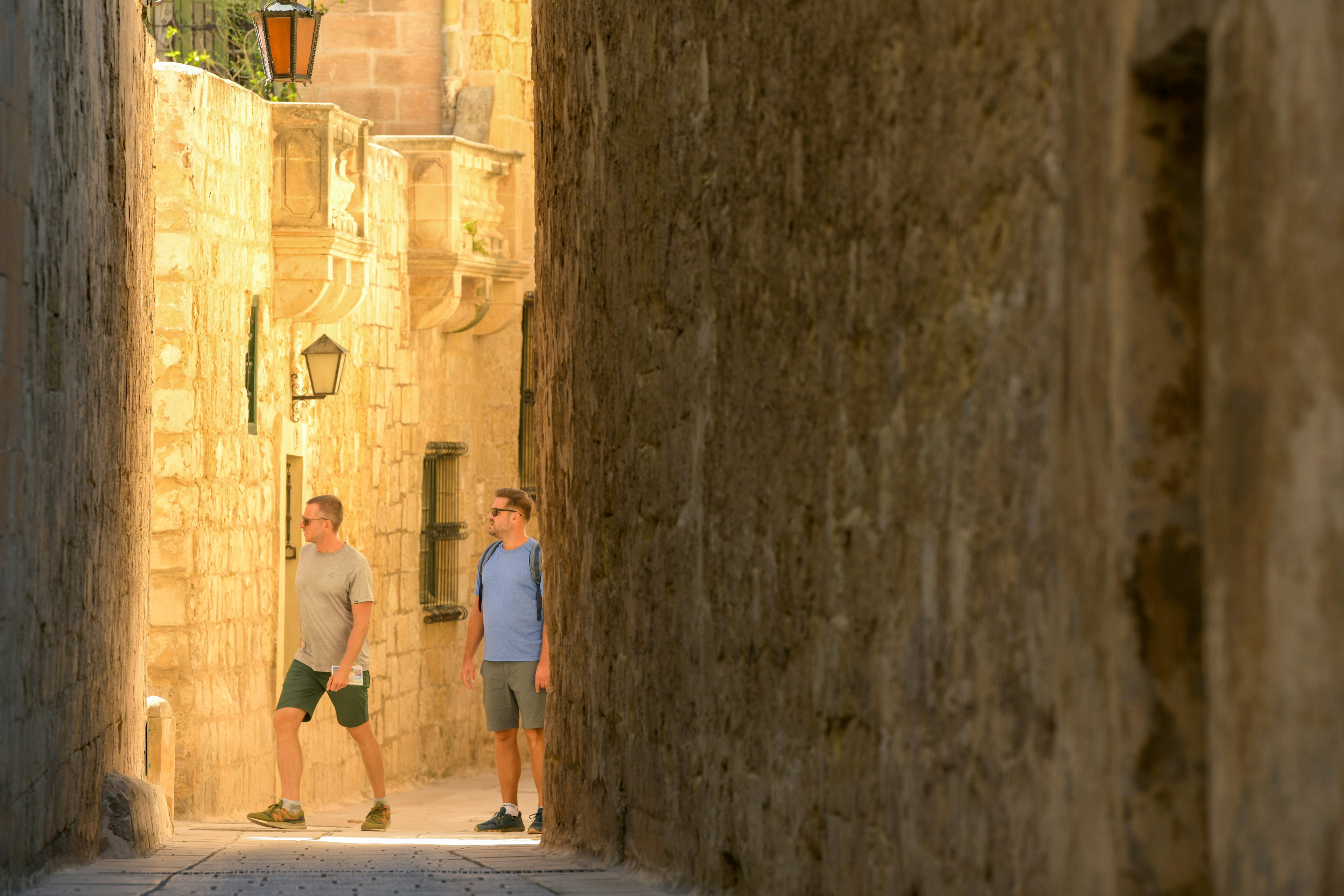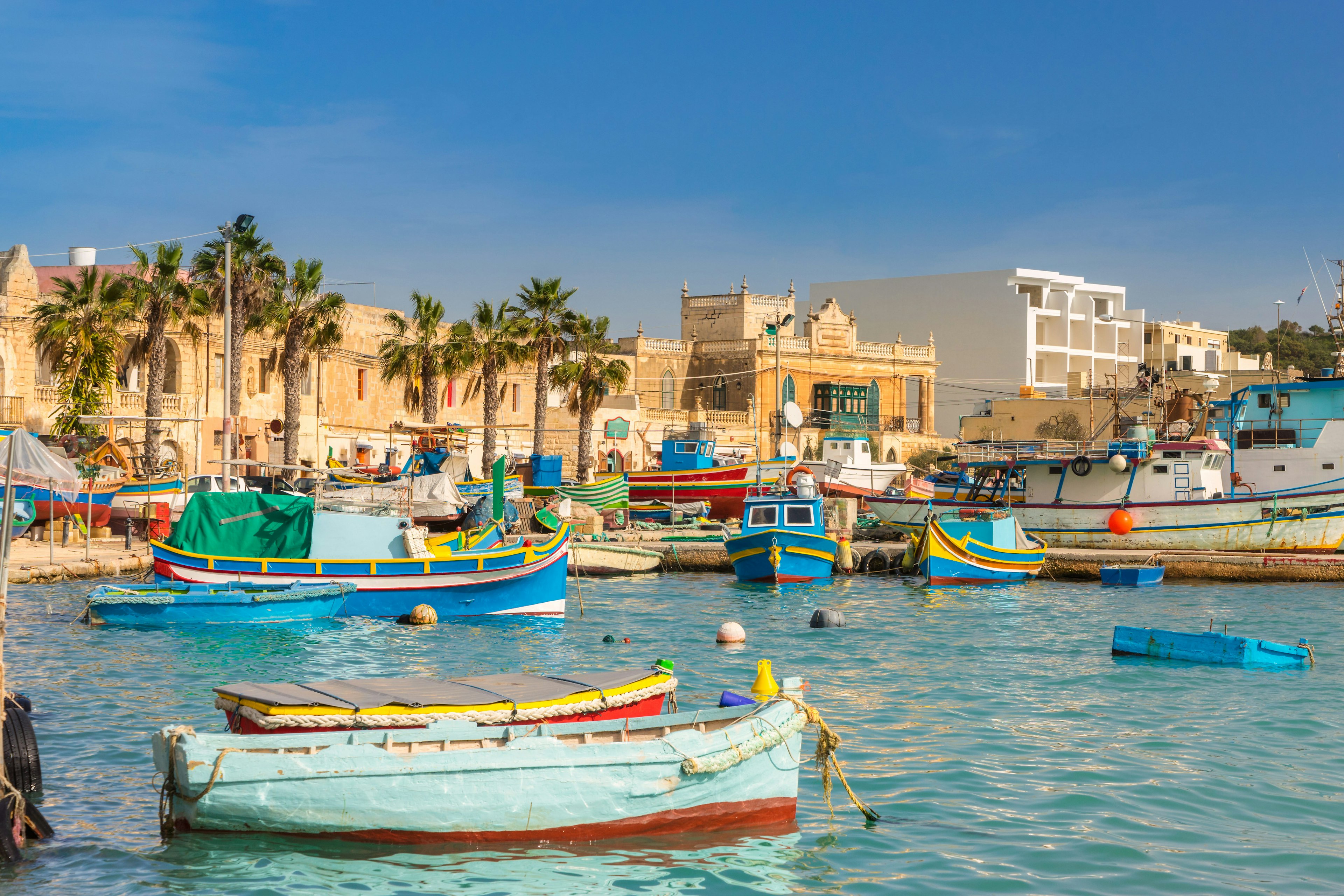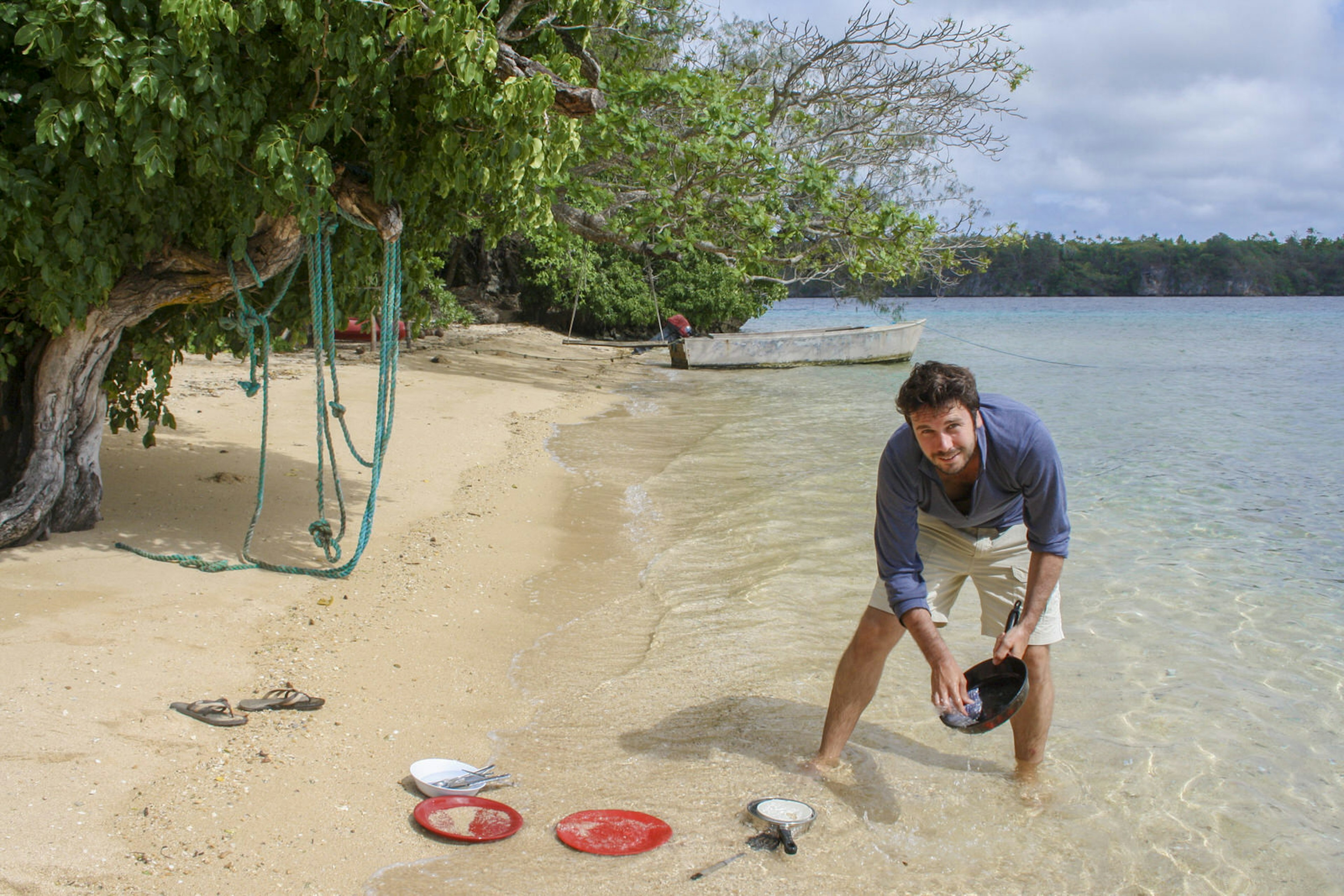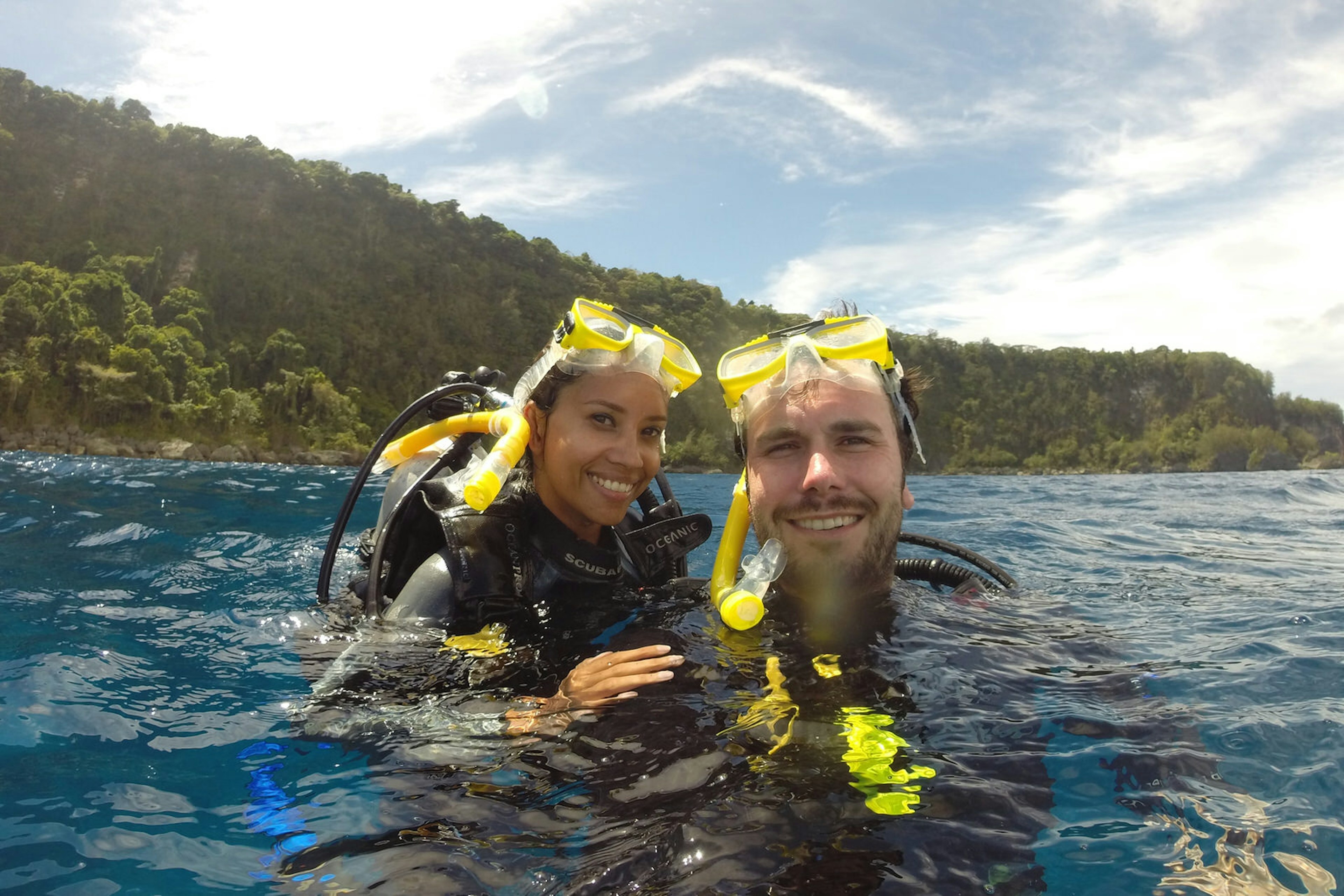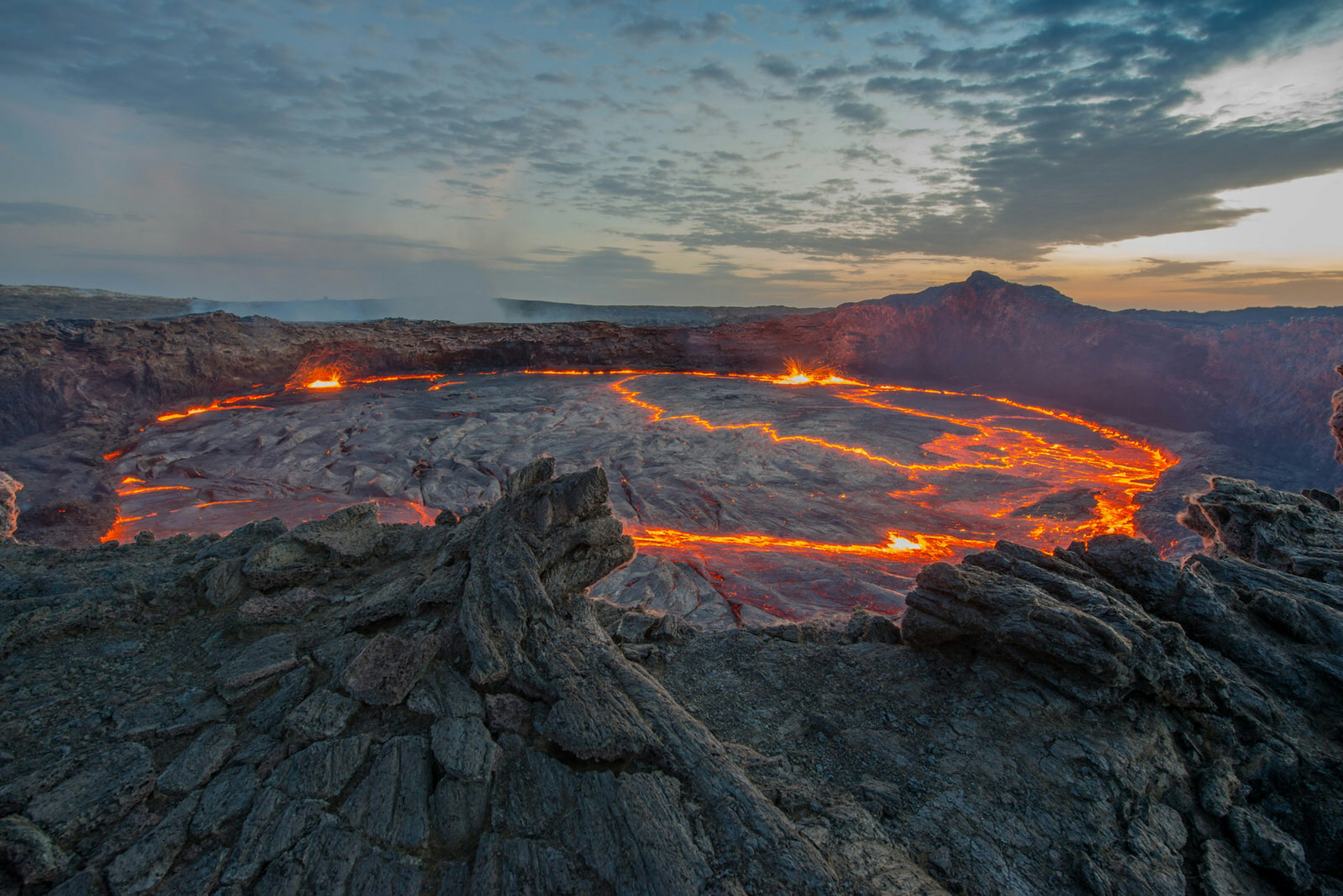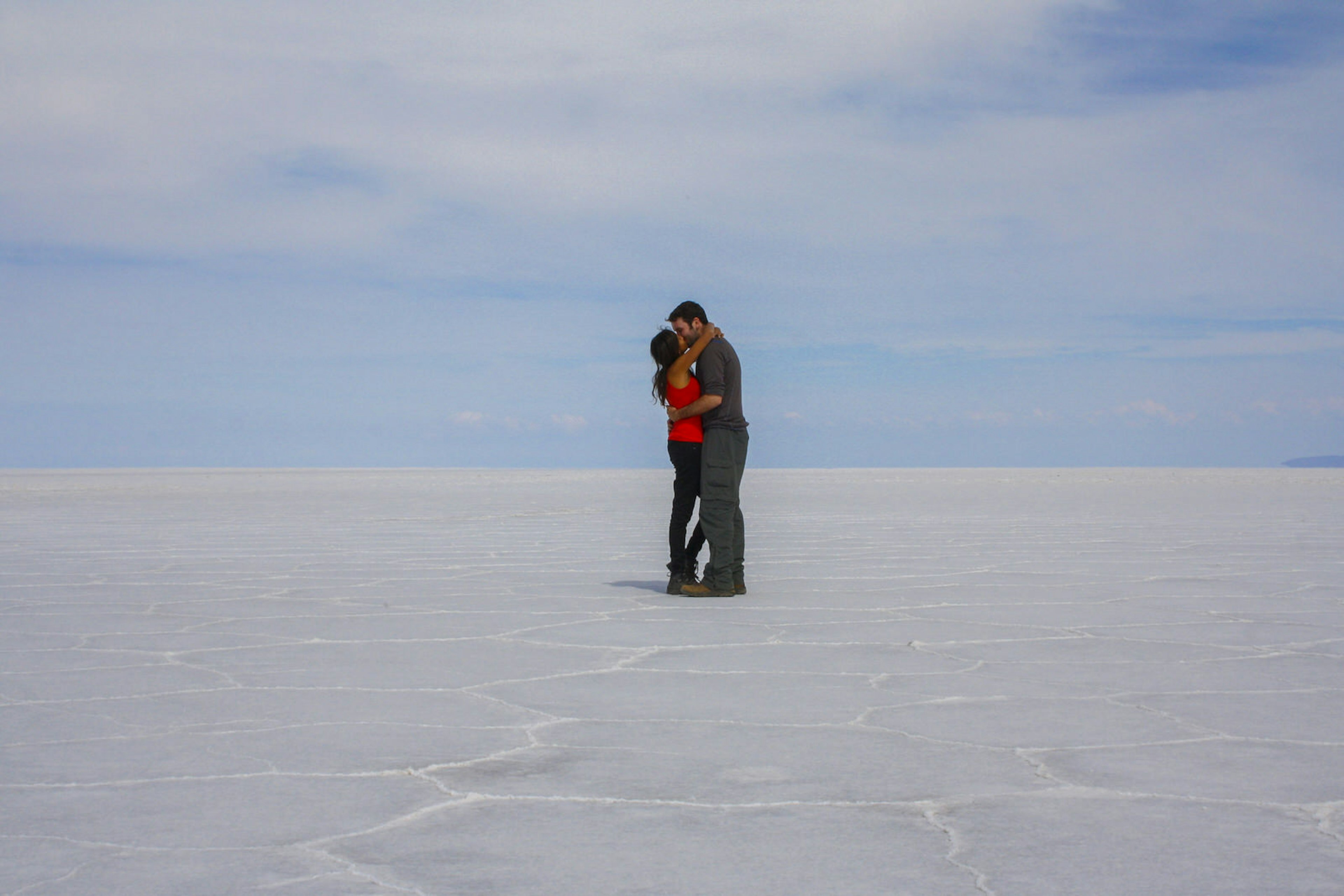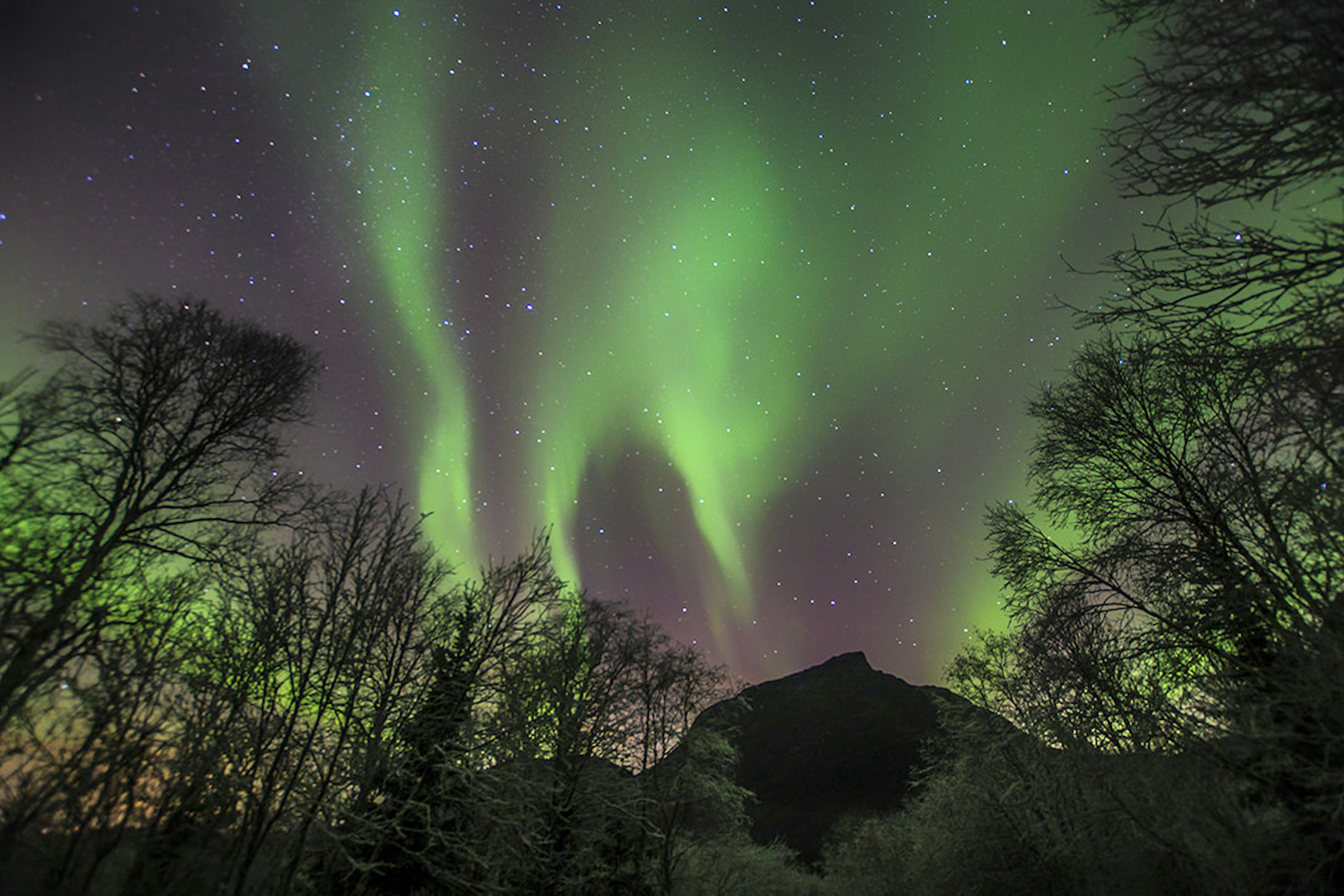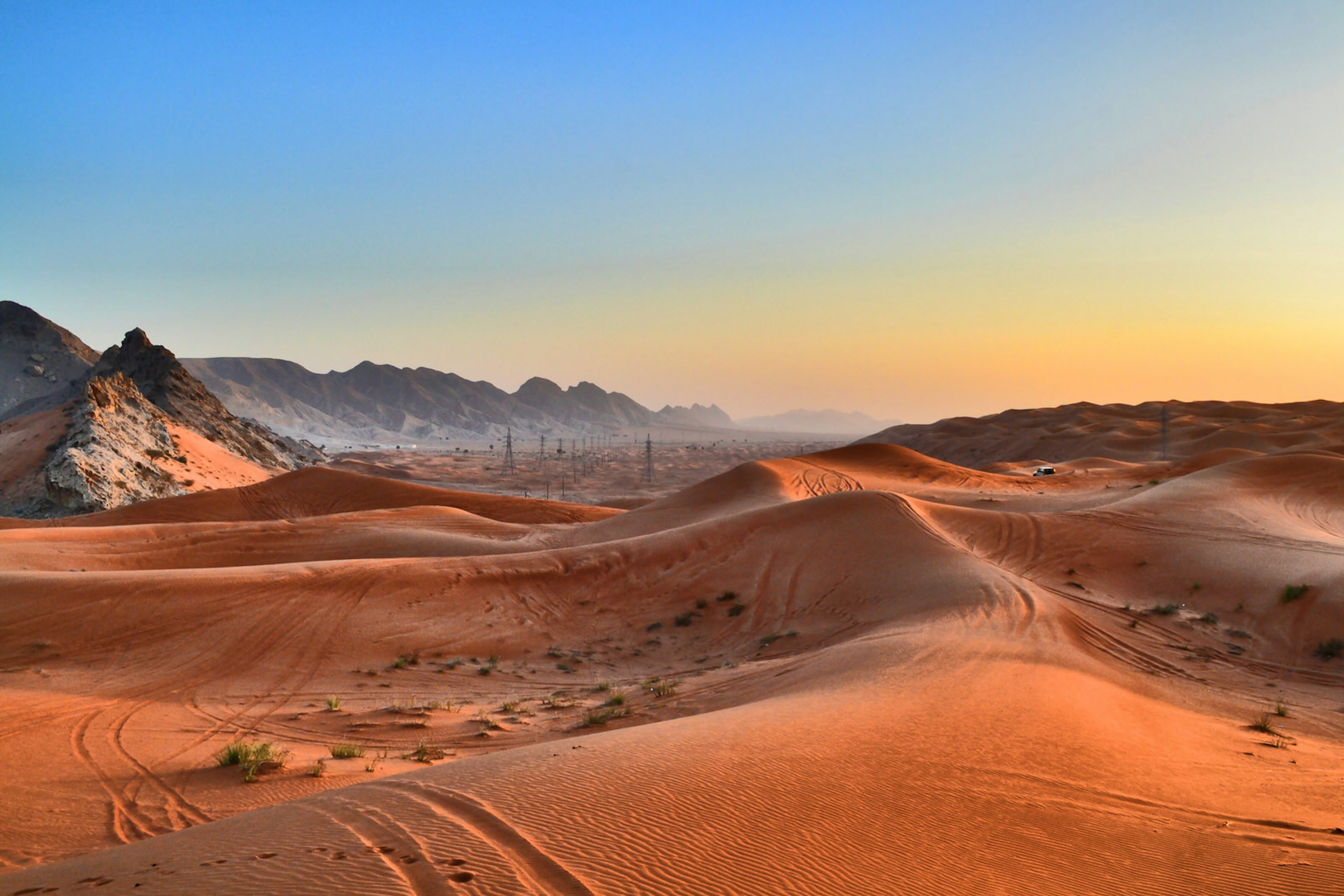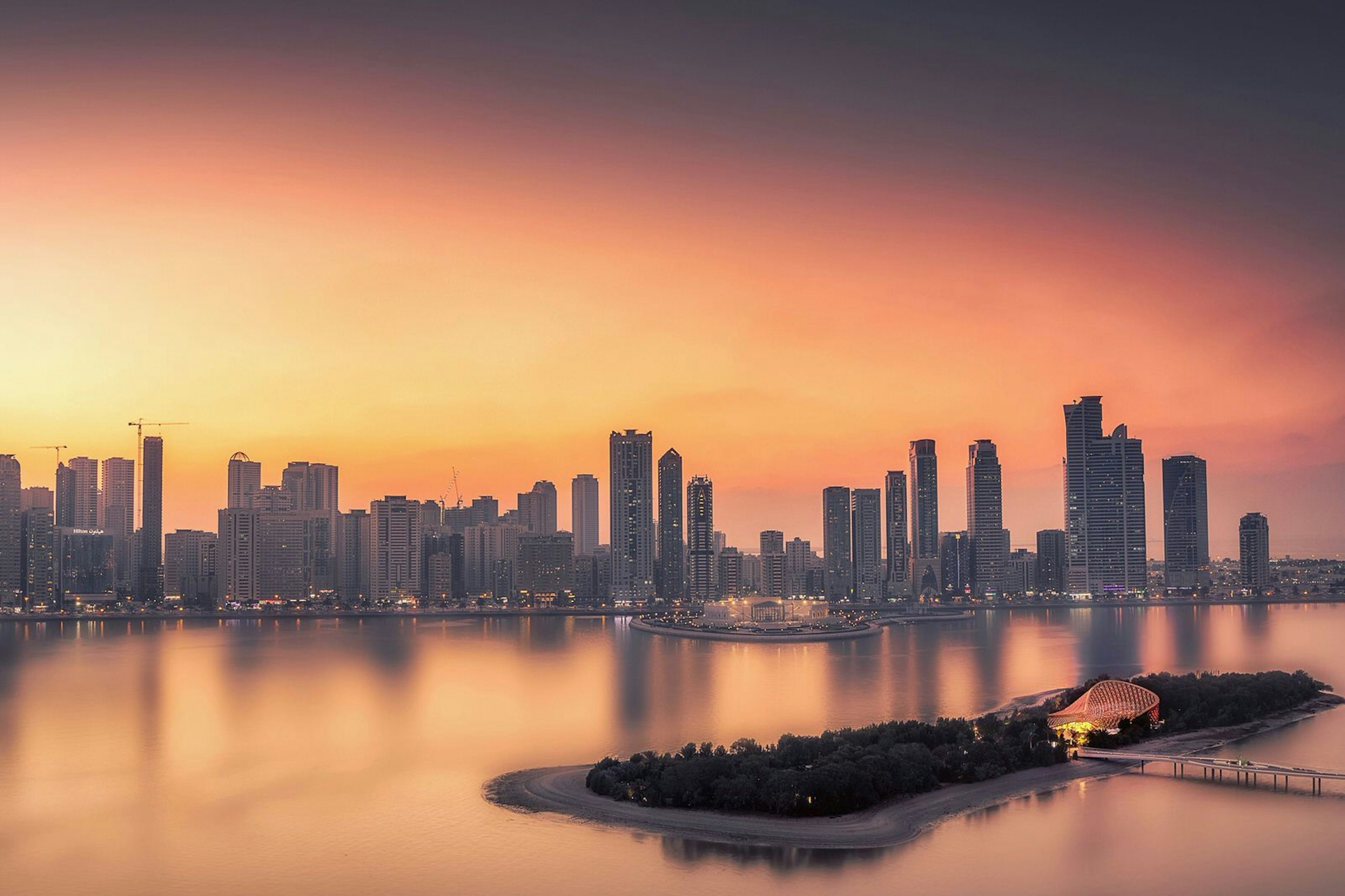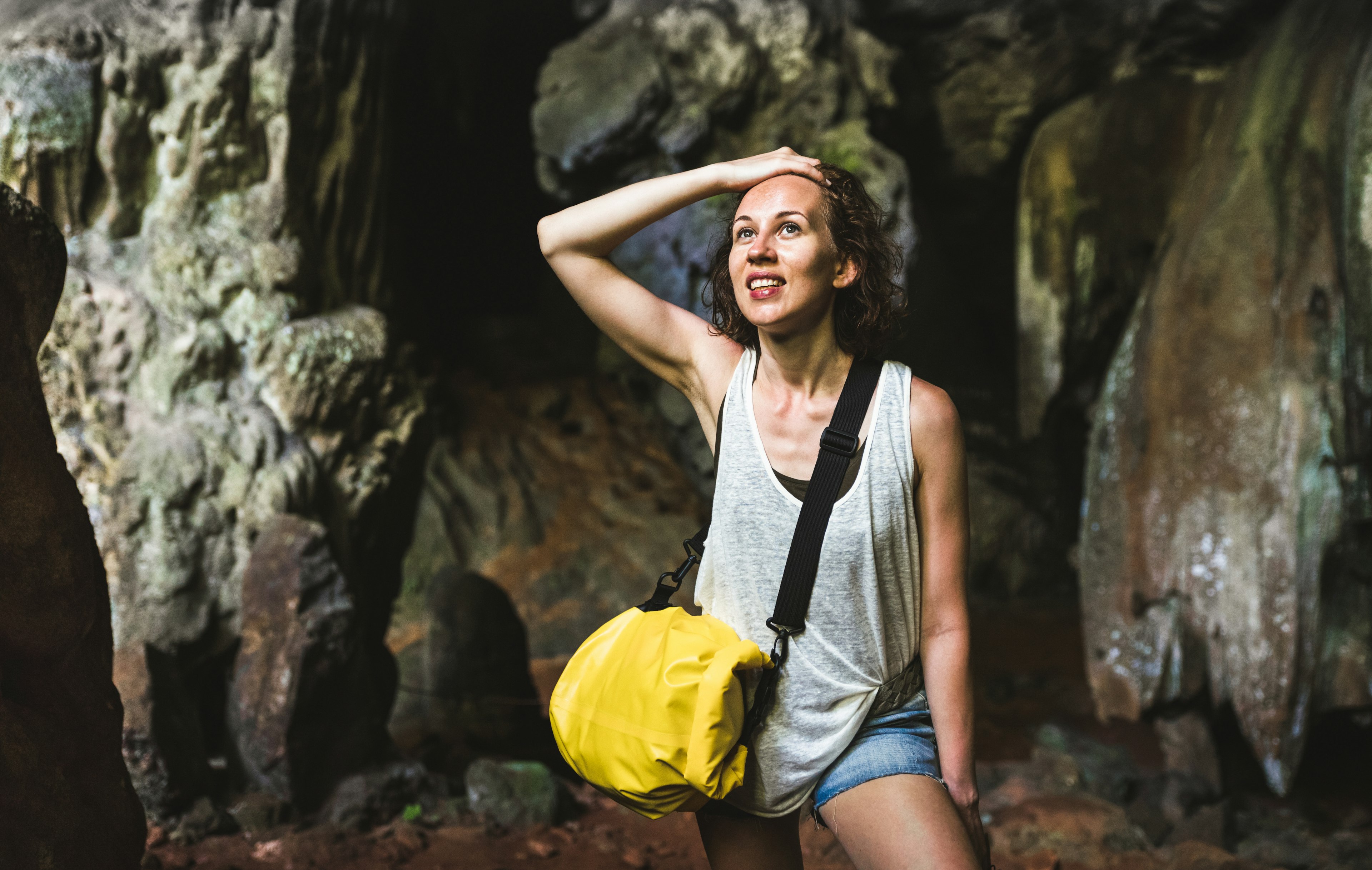Okay, okay, you caught us: Paris is on this list. How could it not be? It’s the Most Romantic City in the World. But the French capital isn’t the only fun city escape for couples on the planet.
There are plenty of lesser-known cities that can sweep your partner off their feet or whisper sweet nothings in your ear for nights you’ll never forget. So we asked Lonely Planet contributors for the best ones. They didn’t disappoint. Here are the 10 most fun city getaways for couples.

1. Washington, DC, USA
Lonely Planet writer Barbara Noe Kennedy is a freelance writer focusing on destinations, art, culture, food and adventure around the world.
With all the soapboxing going on in the US capital, you might assume there’s not much time for romance. But Washington, DC is a genteel city of flowery parks, arched bridges, waterfront walks, and cozy restaurants, offering lovebirds plenty of options.
On sunny days, hop the dinghy to Hains Point for a waterside picnic. Watch the sunset from Arlington’s sky-high observation deck The View of DC, then sip wine at Artechouse and play with digital forms and color in a super-cool interactive room.
Where to splash the cash: Book dinner for two at the ultra-romantic Inn at Little Washington just outside the city.
Cheap date? Stroll hand-in-hand at dusk around the National Mall, as white marble monuments begin to glow in the dwindling light.

2. Seville, Spain
Fiona Flores Watson met her media naranja in Seville. She lives there with him and their children and is still as enamored as ever by its charms.
Renowned as Spain’s most romantic city, Seville’s year-round sunshine means you can always be outside. The charming city is packed with pretty plazas, jasmine-scented patios and rooftop bars with killer views. Try the Hotel Doña Maria terrace bar at sunset, looking onto the Giralda tower.
In summer, nothing can beat a moonlit outdoor concert in the Royal Alcázar gardens for romance, while a fun daytime option is to hire a rowing boat on the canal at stunning Plaza de España with its tiled bridges. And who can resist the flaming passion of a live flamenco show?
Where to splash the cash: Hire an electric boat, complete with a bar, for your own private river trip.
Cheap date? Rise up above the rooftops at Las Setas for the best panoramic vistas in town.
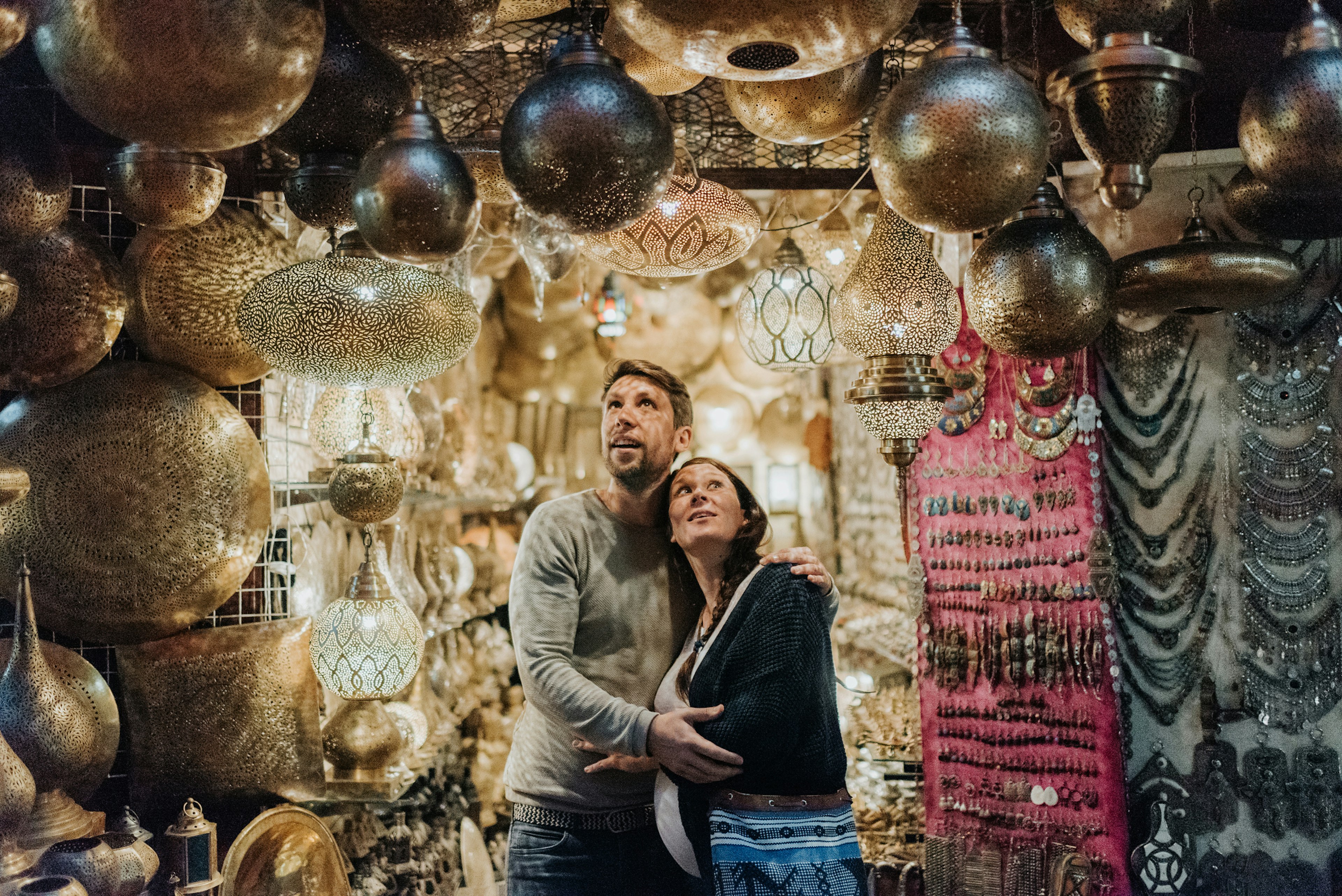
3. Marrakesh, Morocco
Mandy Sinclair is a Marrakesh-based writer and owner of Tasting Marrakech food and cultural tours.
Magical light, hundreds of romantic riads and an unmatched ambiance make Marrakesh a perfect spot for amorous adventure. Snag a table for two in the nearby Agafay Desert and watch the sunset before tucking into a candlelit dinner. Wish upon a star before retreating to your tent for the night, waking up for the sunrise.
Glamping not your style? Choose a luxury riad and plan an early-morning wake-up call to watch the first rays illuminate the Anti Atlas Mountains during a hot-air balloon ride organized by Ciel d’Afrique.
Where to splash the cash: Try a couple’s hammam treatment at the Royal Mansour. This spot is owned by the king of Morocco, so you know you’ll be treated like royalty.
Cheap date? Pick out some fresh-cut flowers at the marché aux fleurs (flower market) before asking the florist to whip them up into a bouquet, which shouldn’t set you back more than Dh100 (USD $11).

4. Edinburgh, Scotland
Lonely Planet writer James Smart spent 10 years in Edinburgh and is a regular visitor with his partner.
Edinburgh has great restaurants, peaceful gardens and snug pubs. Views stretch out to the Firth of Forth, across to Fife and down through atmospheric alleyways. Above it all, bang in the center of the city, looms a castle on a crag. Scotland’s strollable capital could hardly fail to set hearts fluttering.
Visitors can admire the views from windswept Arthur’s Seat or the Gothic Scott Monument, or promenade in Princes Street Gardens. Bramble hides beneath a dry cleaners and offers some of the city’s best cocktails and the Old Town is great for atmospheric pubs.
Where to splash the cash: The historic, candlelit Witchery offers Edinburgh’s classic high-end dining experience.
Cheap date? Stroll along the rather lovely Water of Leith, which takes in arty Stockbridge and dockside Leith – finish your walk with a lip-smacking fish supper from Pierinos. Else Edinburgh has plenty to do for free.

5. Vancouver, Canada
Contributor John Lee is prolific, award-winning travel writer.
Vancouverites are at least as in love with the great outdoors as they are with each other. But gooey-eyed locals know exactly how to combine their passions. Hire a tandem from Spokes Bicycle Rentals to scope out picnic spots along the seawall or gaze lovingly at the sunset – and each other – from Stanley Park’s Third Beach.
Rainy day? Commune with the resident lovebirds inside Bloedel Conservatory’s tropical dome or take a couples’ culinary class at Dirty Apron Cooking School. For a grand finale, hop a ferry to Bowen Island, hike up Mount Gardner and pop the question overlooking a heart-stopping ocean panorama.
Where to splash the cash: Let your love soar on a breathtaking scenic floatplane tour with Harbour Air.
Cheap date? Read romantic books together in the lofty new roof garden at downtown’s Vancouver Public Library – A Room with a View recommended.

6. Beijing, China
Tom O’Malley is a Lonely Planet writer based in Beijing.
In romance terms, seductive Shanghai twirls on the dance floor as Beijing props up the bar, munching sunflower seeds and checking its phone. But there are ways to woo in China’s prim and proper capital.
Local couples spice things up with a romantic repast of malatang, all your favorite things speared on sticks and daubed, salaciously, in spicy sesame goo. As dusk turns to dark, one serenades the other, KTV (karaoke) microphone in hand, before catching a Didi (China’s Uber) to an imperial beauty spot.
A stroll at Houhai Lake, perhaps, selfies on Yinding Bridge under the moon, and a big plastic beaker of sweet bubble tea – with one straw. That’s amore, Beijing-style.
Where to splash the cash: Book a suite at the Rosewood Hotel, with floor-to-ceiling views of the CCTV Tower and your own private butler to serve up the champers.
Cheap date? Ride bicycles through the Forbidden City forecourt after dark.

7. Paris, France
Catherine Le Nevez is a long-time Lonely Planet writer based in Paris.
A classic city break destination for couples, the romanticized French capital is even more captivating when viewed from the water. From its dock near the Eiffel Tower, celebrated chef Alain Ducasse’s ‘floating restaurant’ Ducasse sur Seine serves gourmet lunch and dinner menus at white-clothed tables while you glide through Paris’ heart. Canauxrama cruises along charming Canal St-Martin pass through double locks, swing bridges and an underground section.
In the city’s two sprawling forests, recreate a scene from an impressionist painting by hiring a rowboat on Lac Daumesnil in the eastern Bois de Vincennes, or Lac Inférieur in the western Bois de Boulogne.
Where to splash the cash: Take to the skies! Scenic Helipass helicopter flights over Paris land near the Château de Versailles.
Cheap date? Stroll the Seine’s riverbanks and islands including the Île aux Cygnes and the Île de la Cité’s aromatic flower market Marché aux Fleurs Reine Elizabeth II.

8. Lima, Peru
Unexpectedly, Lonely Planet writer Agnes Rivera found love in Lima before falling in love with the city itself.
Romantic energy hovers over Lima like a sweetheart smog. Head to the fisherman’s dock in the Chorrillos district, where boatmen will row you and your other half across the sea for a small fee. Afterward, select fish fresh from the market and create your own version of Peru’s star plate: ceviche.
Further north, La Punta feels like a well-kept secret. A tranquil peninsula in Lima’s port town Callao, a romantic culture grew here when Italian immigrants arrived in the early 20th century, resulting in intimate and artisanal eateries.
Where to splash the cash: Book a table for two at seafood restaurant La Rosa Nautica, and enjoy sunset views of Lima’s skyline.
Cheap date: Wander through Parque El Olivar, an olive grove old enough to make any couple feel young again (some trees have stood here for 400 years).

9. Perth, Australia
Writer Fleur Bainger fell head over heels for Western Australia more than a decade ago and continues to be wooed by its natural beauty and evolving personality.
With its sun-kissed climate and river-to-sea location, Perth is an outdoorsy city – but it’s also an underground music hotbed. Toe tappers, wow your date by entering a red telephone box and descending to the Jazz Cellar’s speakeasy or take a picnic to Fremantle Arts Centre on Sundays for free courtyard tunes (October to March).
Nature-lovers should hit secluded Bennion Beach for sunset-over-sea gazing with a bottle of local bubbles wedged in the sand or seek out the riverside Coombe Reserve in Mosman Park to amp up the romantic vibe.
Where to splash the cash: Take a private chopper from Hillarys Boat Harbour to Rottnest Island, combining aerial eye candy with an intimate picnic at local’s fave, Fay’s Bay.
Cheap date? Drive to the top of Kalamunda’s Zig Zag Scenic Drive for romantic views of twinkling city lights.

10. Mexico City, Mexico
Laura Bronner is a travel writer based in Mexico City.
Mexico City might not seem like the most romantic city at first glance, but peel back the layers and beneath its gritty exterior you’ll find passion around every corner. Start the evening with a cocktail at a little table in the back of the dimly lit Limantour in Roma Norte. Then enjoy a meal in the intimate dining room at Lorea; opt for the drinks pairing for a truly extravagant experience.
End your night at the city’s most romantic hotel, La Valise Hotel. Book yourself into the Terraza room and you can quite literally have your bed on the balcony beneath the stars. It doesn’t get more romantic than that.
Where to splash the cash: Sud 777’s candlelit rooms, Mexican wine list and unique set menu all ooze romance and sophistication.
Cheap date? Do as the local lovebirds do: bring a blanket to Chapultepec Park and canoodle in the sunshine.




